
Source: Jason Howie
Marketers have overwhelmingly confirmed that social media is a highly valuable target for campaigns of all shapes and sizes, but you have to be able to effectively aim your message. If your social marketing strategy is out-dated or unfocused, then it will never gain traction on any of the major social platforms.
Social Media Examiner recently released its annual Social Media Marketing Industry Report, based on surveying more than 2,800 marketers. If you want to make sure you are up to date with the state of social media and guarantee you are sending out the right message to the right people, you’ll want to know these important trends highlighted by this year’s report.
1. Blogging is Back – It should be obvious by the widespread cries of “Content is King!” over the past year, but blogging is all the rage yet again. The report shows this blogging is only going to get more popular looking forward as 68 percent of marketers said they would be increasing their blogging efforts. That is the most attention blogging has received since 2010 according to the report.
2. Facebook is Showing Its Age – Compared to the relatively short lifespans of popular social media platforms like Myspace, Facebook’s reign at the heights of social media has been extremely long. But, the report supports numerous claims over the past year that Facebook is beginning to lose users and marketers alike. Despite still being the most important social network overall, by a significant amount, only 43 percent of marketers feel their efforts are effective and 7 percent intend to decrease their use of Facebook this year.
3. Google+ is Finally Getting Some Attention – Despite still being the source of plenty of derisive jokes, Google+ is finally seeing some light on the horizon. The report explains, “While 54 percent of marketers are using Google+, 65 percent want to learn more about it and 61 percent plan on increasing Google+ activities in 2014.”
4. Is Podcasting the Next Big Thing? – Only 6 percent of marketers are currently involved in podcasting, but expect to see efforts skyrocketing soon. The report says 21 percent of marketers are planning on increasing their podcasting activities this year. Many also showed heightened interest in podcasting, with 28 percent saying they wanted to learn more.
Are you trying to stay on the cutting edge of social media? It is hard to stay ahead of the curve, but with enough effort you can corner all the new emerging platforms while keeping up with the content trends.


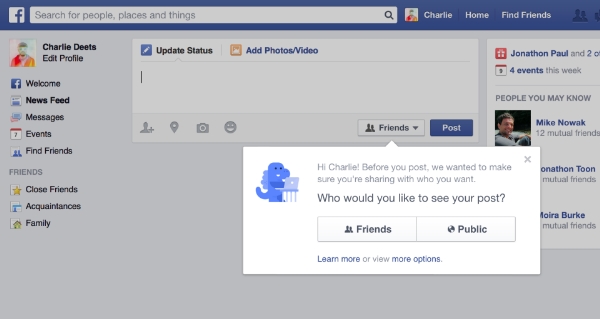
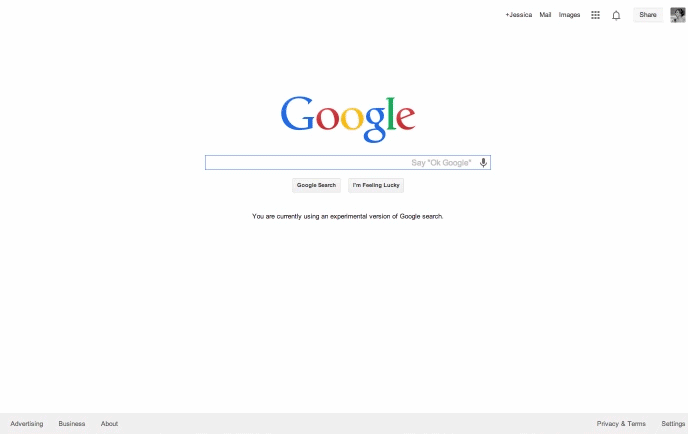
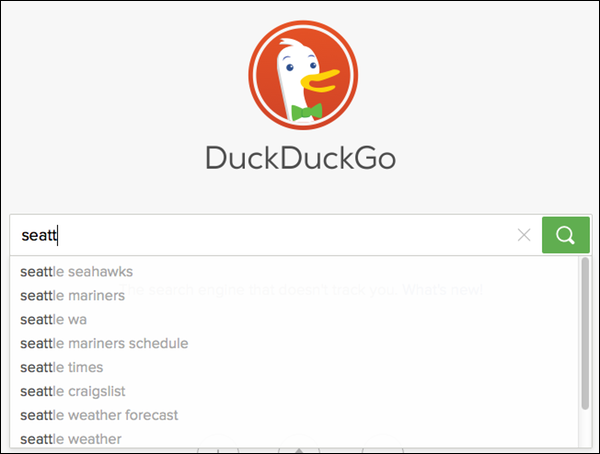
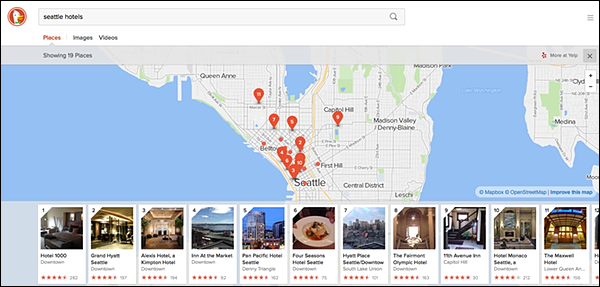
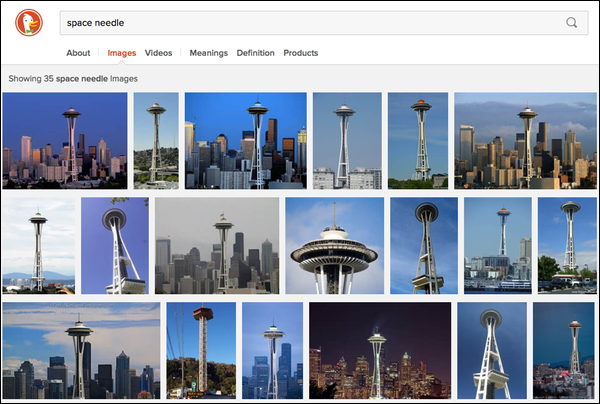
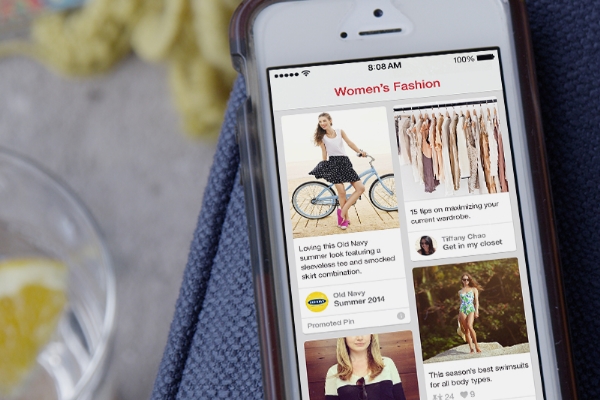

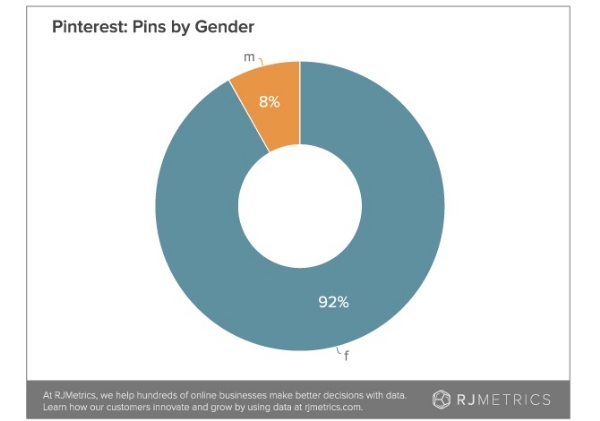
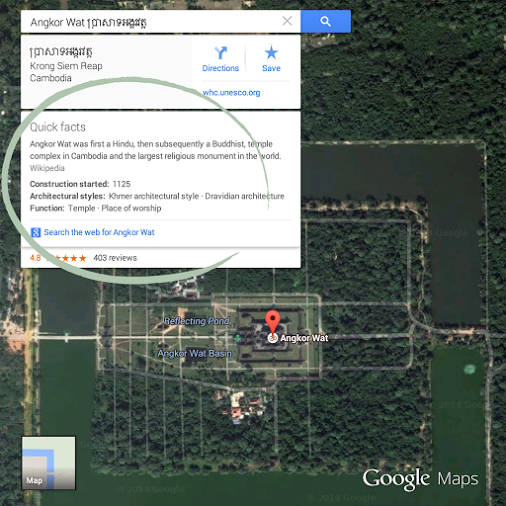
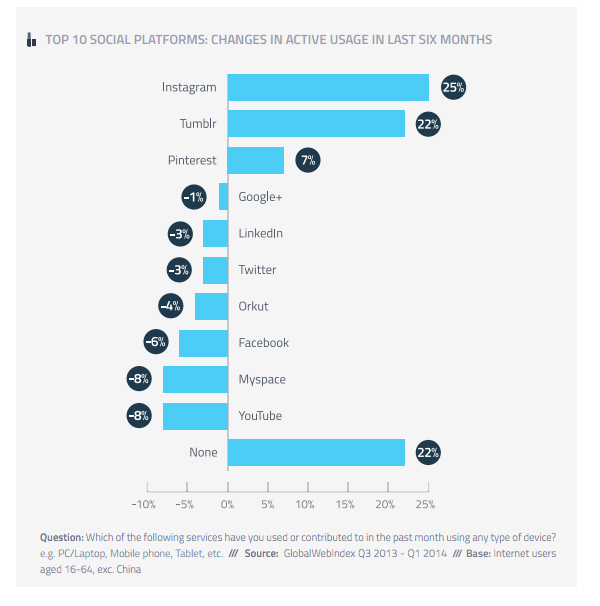
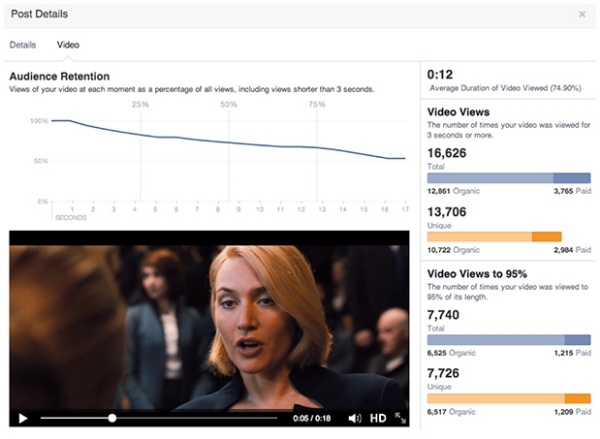
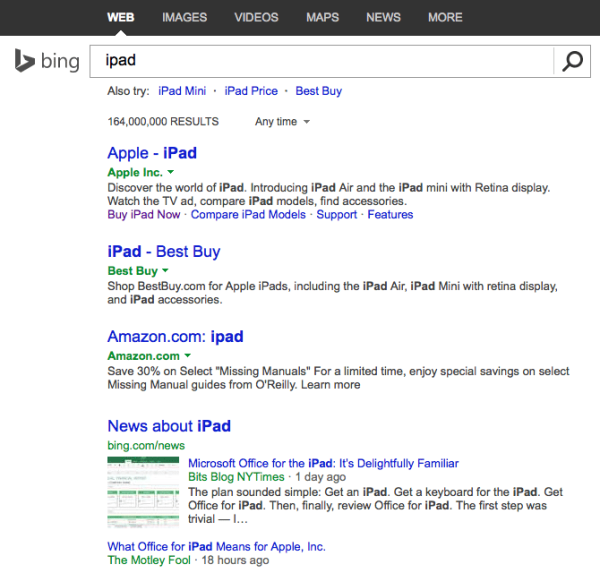
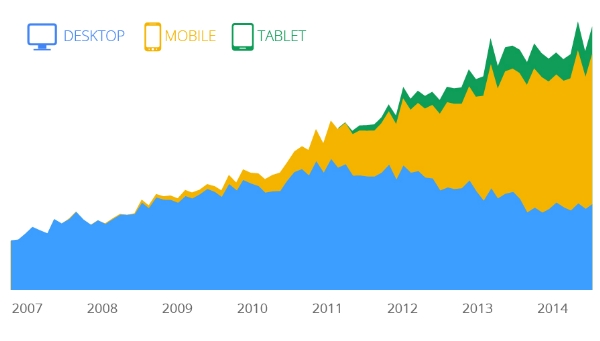
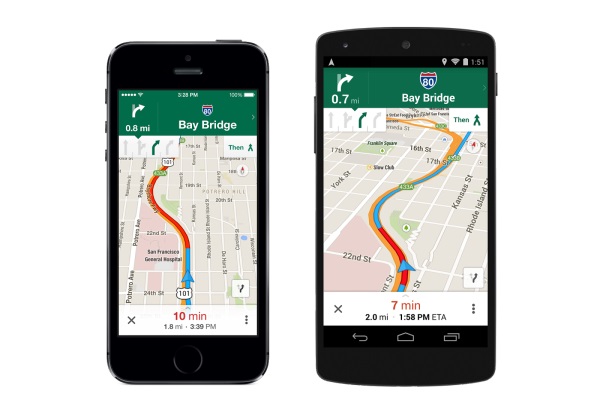
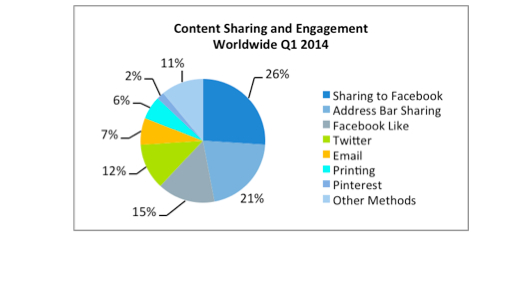


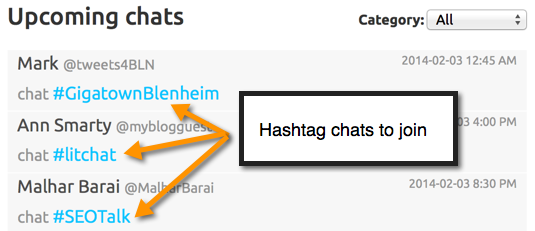

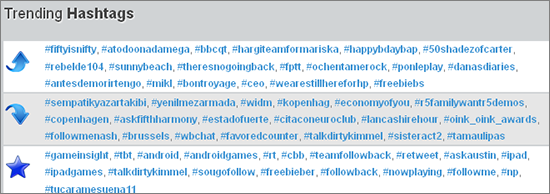
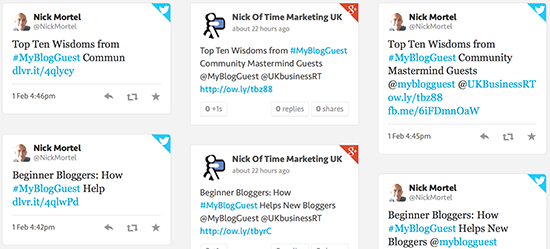
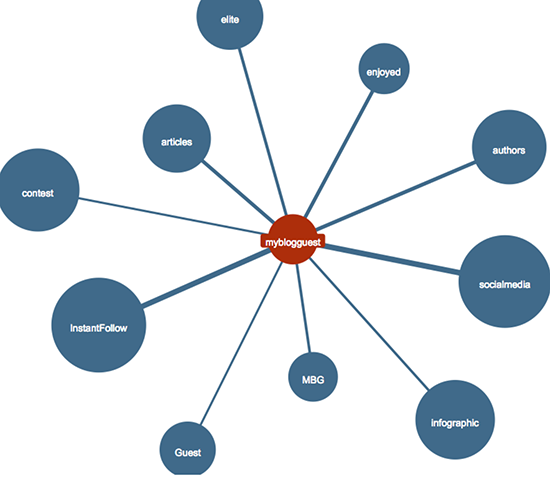
 Do any reading about online marketing, and you will almost certainly be told how important social media is to your brand’s online presence. A great social media presence has repeatedly been shown to increase organic traffic and brand perception, but as the platforms have become more populated and competitive, there has been a large shift towards a pay-to-play business model.
Do any reading about online marketing, and you will almost certainly be told how important social media is to your brand’s online presence. A great social media presence has repeatedly been shown to increase organic traffic and brand perception, but as the platforms have become more populated and competitive, there has been a large shift towards a pay-to-play business model.

